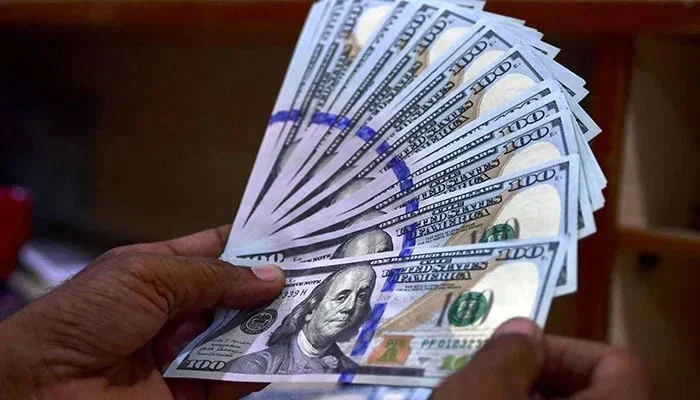Published in The Express Tribune on February 14, 2024
LONDON: Negotiations on a new government in Pakistan have allayed immediate fears of instability in the nuclear-armed nation following inconclusive elections last week, but the risk of a full-scale economic crisis remains.
A $3 billion programme from the International Monetary Fund (IMF) runs out next month and securing a new and much bigger one is widely seen as the priority for the new administration.
Who could the IMF negotiate with?
The largest party, the Pakistan Muslim League-Nawaz (PML-N), secured support on Tuesday from the second biggest, the Pakistan People’s Party (PPP), and is trying to persuade it to form a majority coalition. The caretaker government in place since August is implementing the IMF loan programme which helped to avert a sovereign debt default when it was approved in July.
Recent legislation allows it to make decisions on economic matters in the South Asian country as well as overseeing the election. It did not immediately respond to a request for comment on the prospects for a new IMF deal.
How bad is the economic situation?
Pakistan’s foreign exchange reserves stand at roughly $8 billion which barely covers two months of essential imports although it is an improvement from the $3.1 billion they were down to just over a year ago.
A $1 billion bond payment in two months’ time will cut them further although the country is getting a $700 mln injection of already-approved IMF money too.
“It is imperative (to get into another IMF programme), given that Pakistan’s foreign exchange reserves are abysmally low compared to its large impending external debt repayment needs. Former deputy central bank governor Murtaza Syed said. “There is no alternative”.
How much debt is there?
Pakistan’s debt-to-GDP ratio is already above 70% and the IMF and credit ratings agencies estimate that the interest payments on its debt will soak up 50% and 60% of the government’s revenues this year. That is the worst ratio of any sizable economy in the world.
Analyst firm Tellimer says the country’s problem is primarily domestic debt, which comprises around 60% of its debt stock and 85% of its interest burden.
Pakistan’s external debt stock – denominated largely in dollars – is also heavily skewed towards bilateral and multilateral creditors, which comprise roughly 85% of the total.
Bonded debt comprises just 8% of the external debt stock and 3.4% of its total public debt. That is dwarfed by the near 13% of total debt that it owes to China which has lent to Pakistan money over the years for infrastructure projects and for other types of spending.
How is it affecting the population?
A combination of tax and gas tariff hikes and a steep fall in the rupee currency have pushed inflation up to nearly 30% year-on-year. It is expected to come down later in the year but will stay well above the central bank’s 5-7% target for some time, economists forecast.
The rupee is expected to fall further too. For context, the implied exchange rate underlying the latest IMF staff report is Rs305 to the dollar for this fiscal year and 331 per dollar in FY 24/25, levels which are roughly 8% and 15% weaker than the current exchange rate.






